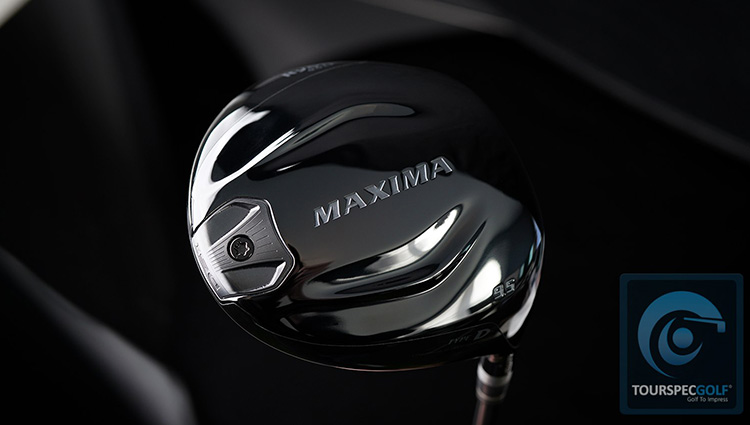
The all new Ryoma Maxima II driver
Following the highly successful footsteps of the Ryoma D-1 (2009), Ryoma D-1 Maxima (2013), Ryoma Maxima (2016) drivers, while many thought that it would be very difficult to further improve upon the existing design and performance, Ryoma introduces their all-new Maxima II driver. This is a company where their policy is not to release a new product without significant and noticeable improvements made from the previous generation product. We can expect some newly found performance that Ryoma is wanting their users to experience in this exciting new driver!!
As many TSG followers know, Ryoma drivers have been fan favorites with 3 generations over a span of 10 years for their top-performing premium drivers. Their design has been traditional and never too flashy, on the other hand their heads have always packed gobs of technology aimed at a common goal which is to produce maximum distance for every player! For the new Maxima II driver, Ryoma golf teamed up with Takuya Kimura AKA “Kimu-Taku” (actor & singer formerly with the group ”SMAP”) to call upon a wide range of golfers both new and experienced with a roughly translated marketing catch phrase of “Hitting big distance with driver is just FUN. ”
Many JDM fans have trusted this brand of drivers over the last 10 years making it one of the most sought after drivers in JDM. We know so many of you have counted on Ryoma drivers for the best drives in your rounds. So let’s now talk about what’s new with the Maxima II drivers, shall we? The list of new features is long but all make really good sense, so be sure to read to the very end.
Shape wise, they have gone with a more shallow back design of the head. However, at address, it is not significantly extended towards the back and has a more traditional rounded profile at address. Ryoma believes this is the shape preferred by a broader range of players and helps boost confidence over the ball while not having an overly large footprint. It looks elegant and sophisticated but also looks easy to hit.
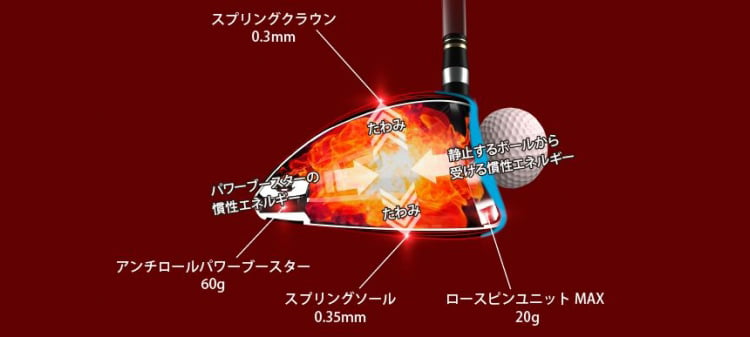
Ryoma claims it has improved the ball speed on the average about 1.7 m/s which equates to about 3.8 mph. It is generally understood that an increase in 1 mph of ball speed can add up to 2 yards of additional distance. So a 3.8 mph increase in ball speed can be translated as an increase of up to 7.6 yards in distance. This is achieved by enhancing the power spring body structure by incorporating an even thinner crown than before.
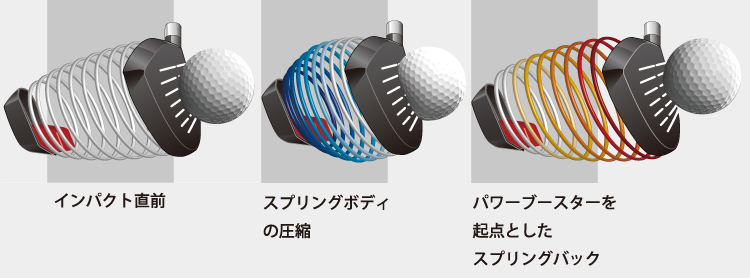
Power Spring Body – 80% of the area for the crown and sole are now constructed of 0.3mm forged Titanium. The thickness is less than half of the competitors’.Competitors use cast Ti body and so they can only achieve 0.7mm thickness.Thanks to the proprietary Power Spring body Construction, the whole body acts like a very strong spring where the whole head contributes to generate the highest trampoline effect possible.
Energy Amplifying Mechanism – together with the spring effect of the body construction and the very heavy 60g power booster with at the back of the head, at impact when the body contracts then expands, this mechanism achieves energy amplification that translates into approximately 2 m/s increase in ball speed.
Low Spin Unit Max – a 20g weight structure located on the sole only 1mm behind the face.This helps reduce the back spin by 35% compared to average back spin of competitors and 15% compared to the previous model Ryoma Maxima.

Anti Roll Power Booster – a 60g weight structure located at the very back end of the head using tungsten powder metallurgy which has a weight density approximately twice that of cast tungsten. This helps with increasing the horizontal MOI to 4950 g/cm2 which is essential in creating a driver head that produces bigger and straighter ball flights.
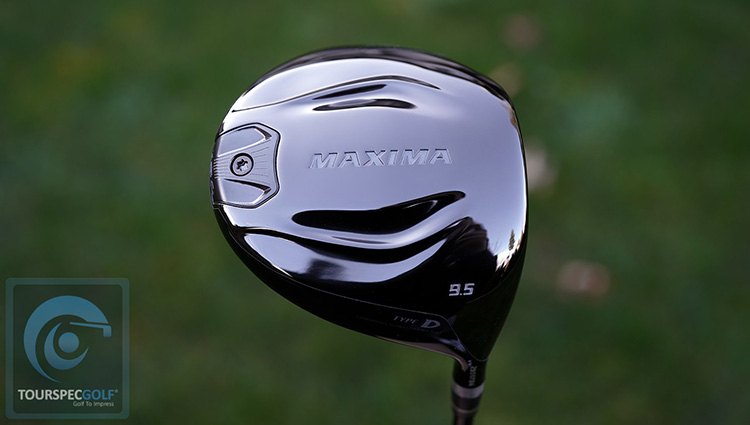
Auto Turn Weight – by creating a draw trajectory, you can increase the distance of a sliced ball by 20 yards. However, when the player tries to create a draw on their own, depending on the timing, they can potentially overdraw the ball. It’s a very subtle difference between generating a good draw shot and too much draw. Ryoma has placed a 7g tungsten weight at the heel side of the sole to promote an automatic draw at impact. Only thing you have to do is to put on a neutral swing. The head will automatically turn the head the right amount.
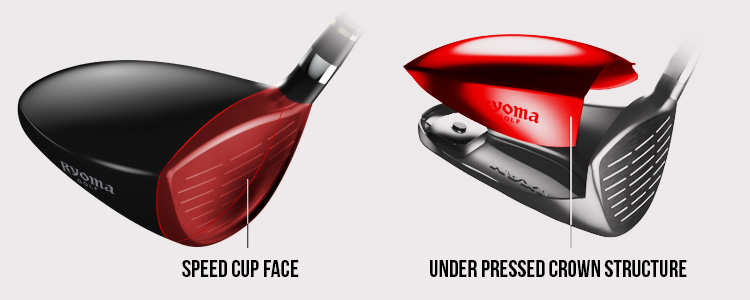
Speed Cup Face – the cup face features a variable lip width on the heel side vs the toe side.For off-center hits of the heel side, the cup face structure compensates more for the loss of energy whereas for off center hits on the toe side gets help from the flex of the body structure. This helps minimize the average loss of distance across the face on mis-hits.
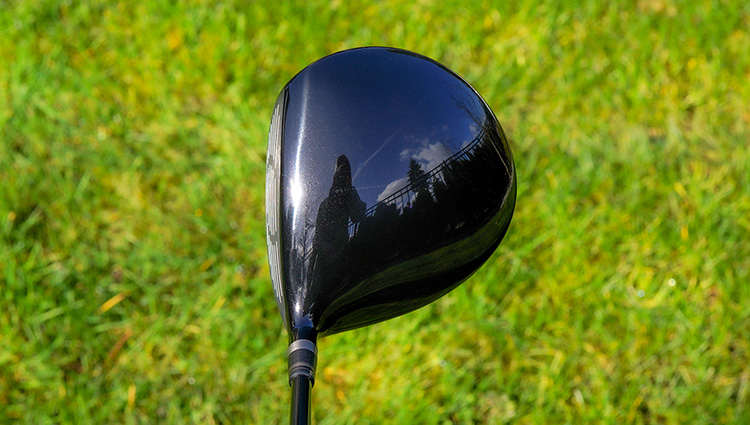
Under Pressed Crown Structure – Ryoma has come up with a process to forge the crown with angles beyond 90deg using forging process 5 times more than normal to achieve an under press crown angle of 130 deg.By doing so, they can extend down the skirt of the crown lower which allows them to place the welding seem lower on the head contributing to further lower the CG of the head.
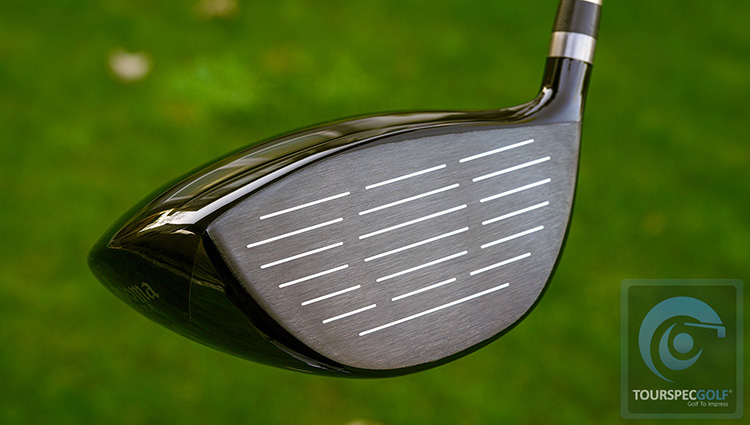
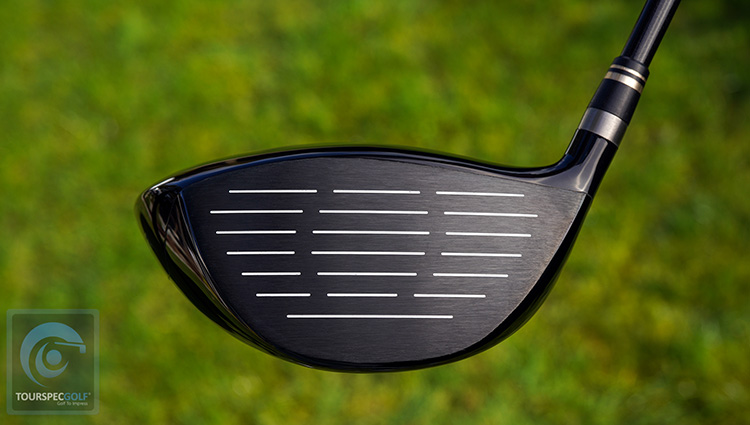
Ultra Wide Sweet Area Face – As with all drivers, the general shape of the face is more or less “oval.”Imagine jumping on an oval shaped trampoline. When you try to jump off centered, you won’t be able to jump up straight. Ryoma designed their new face create a 140% gap in strength between the vertical axis vs the horizontal axis of the face. This allows for a more unified and circular sweet spot and increases the effective sweet spot area (defined as areas that can produce 1.4 smash factor or higher) by 50% compared to competitor products.
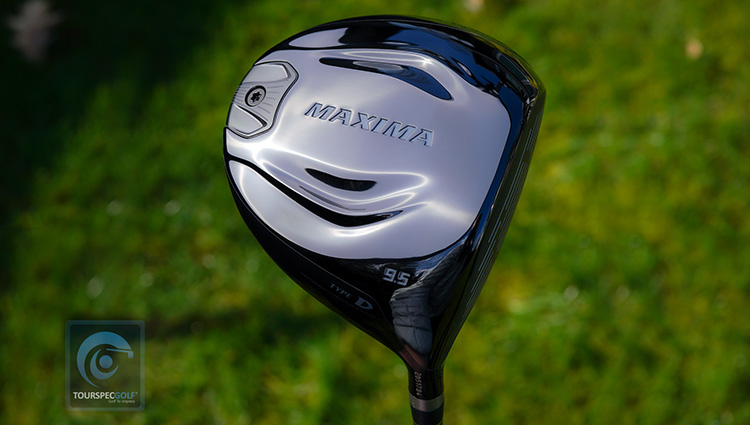
Ryoma Maxima II comes in two models “Type D” which is their flagship model targeted for a wider range of users and the Type V which is their “Athlete player” model. The differences in specs are that the Type D has a slightly closed face and Type V has a neutral face angle. The standard length for all Type D and Type V are 45.25″ with the Tour AD RM2 shafts and 46″ with the optional Beyond Power II shafts (std, plus and light are available). There is also a ladies model where the standard Type D with the Tour AD shaft is 44.25″ long.
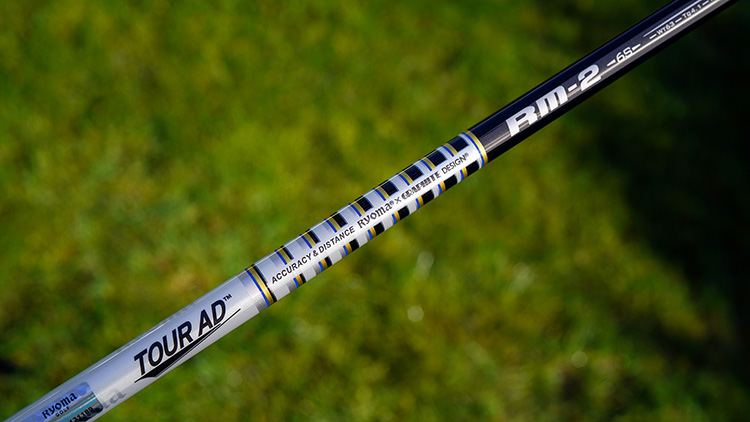
Ryoma Maxima II Type D Driver Specification
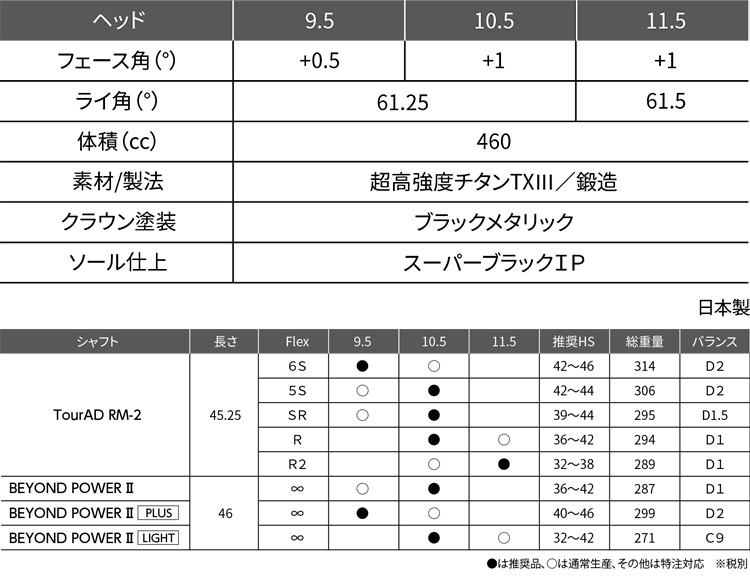
Ryoma Maxima II Type V Driver Specification
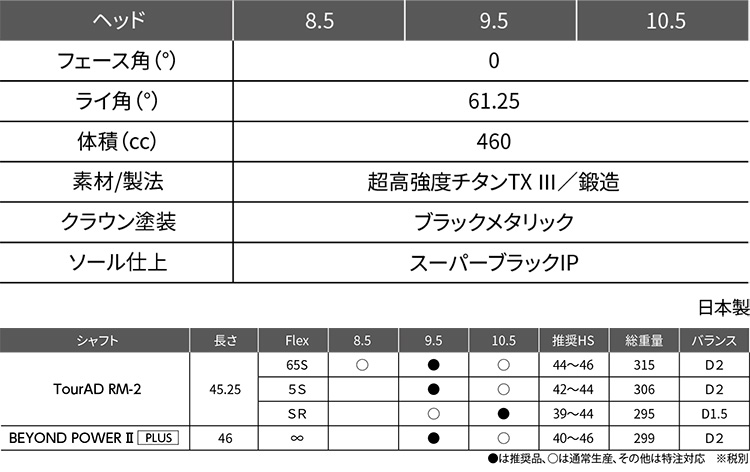
Ryoma Irons
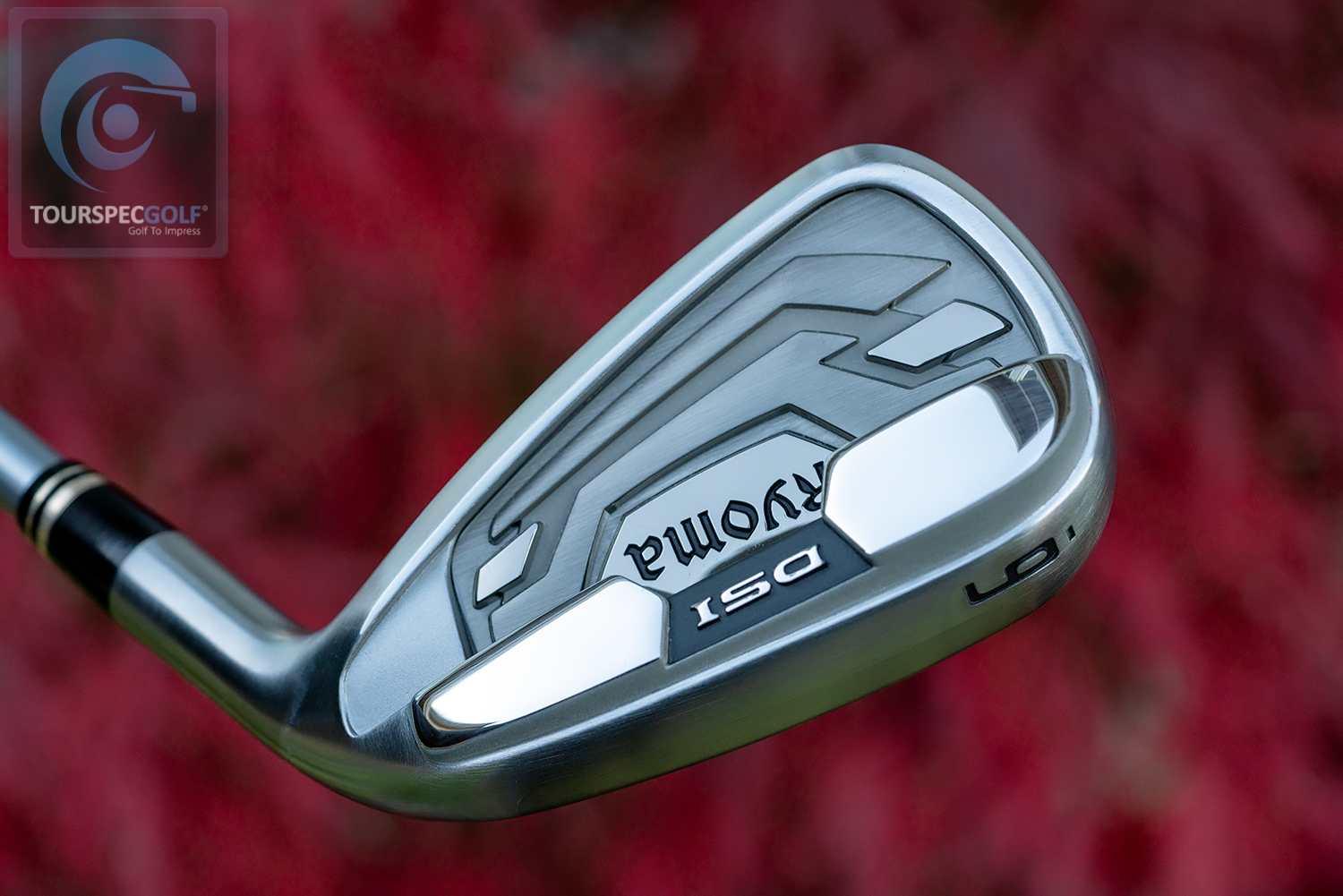
Ryoma has heavily invested its R&D resources and time to develop a very high tech set of irons that will be unlike anything on the market today.
Today, most major manufacturers have a game improvement line up that is geared towards golfers who may have lost some distance due to aging or simply looking to improve their scores by using more forgiving gear. In this category, we see irons such as XXIO or Honma irons which are forgiving, yet provides enough playability for the experienced golfers.
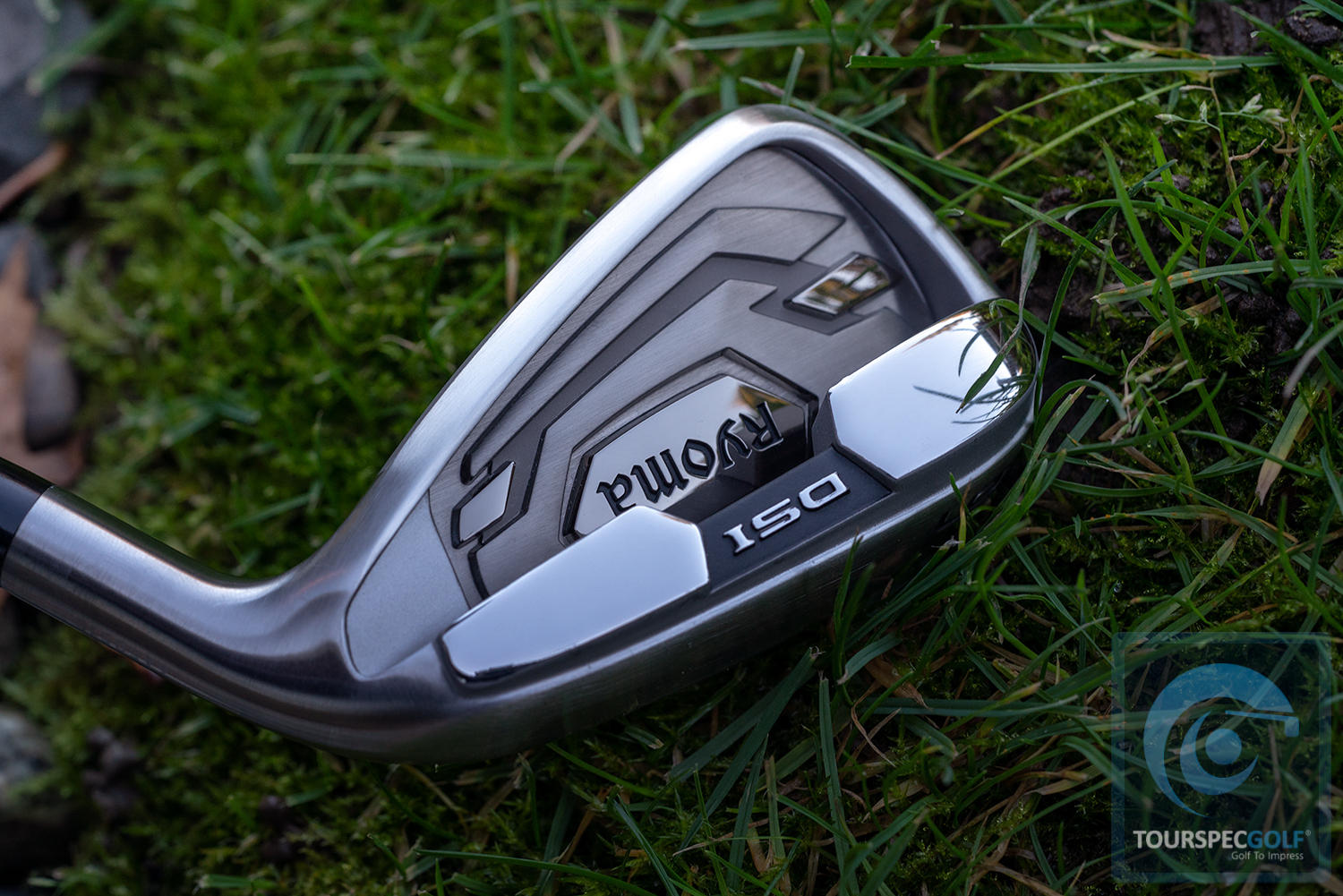
The DSI weight you see on the lower back stick out a bit so you can see that they tried to create a deeper CG in this head to help with launch and how they placed the two bumpers on the heel and toe shows that they were also after higher MOI to help with stability through impact. From the face side, what I see is a very refined shape for a GI iron, perhaps a bit longer toe to heel for added forgiveness. From address, the top line is just the right thickness and definitely not intimidating. The offset is rather small compared to other GI irons in the market. With these appearances, I think it would please both experienced players as well as beginner golfers seeking a confidence-inspiring view.

Generally speaking, irons of this segment have a mix of properties. For instance, the Honma often tries to make the iron plays easier by incorporating stronger loft to get the ball further. XXIO Forged keeps a rather traditional loft but incorporates modern CG design to help with launch and forgiveness. Ryoma Irons’ proposition to the market is to produce straighter, higher and longer shots that still stop on the green with minimal twisting for off-center hits. Sounds too good to be true? Let’s dig into the design to see what they did to accomplish their goals, shall we?
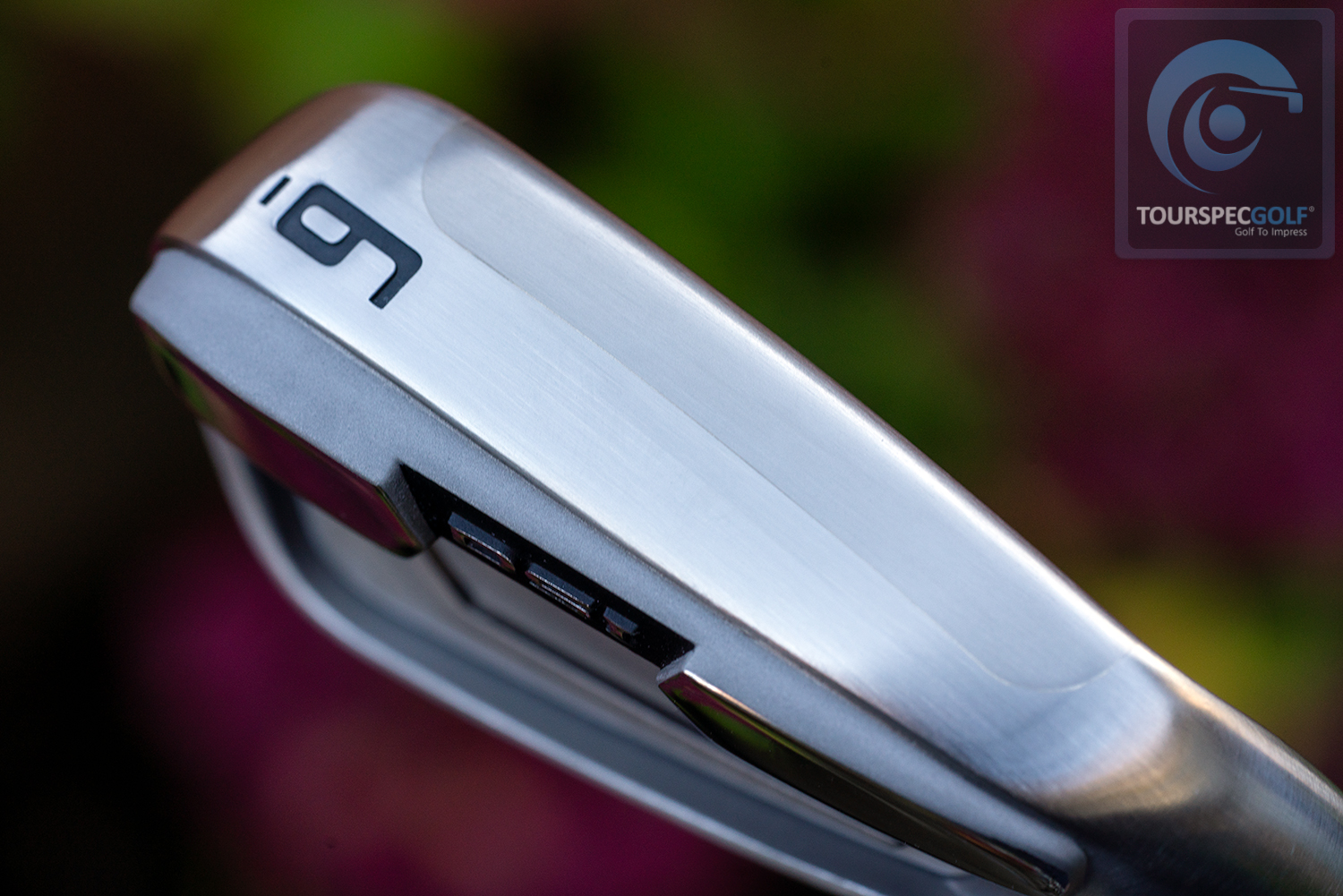
Now let’s look at some of the technology used in their new irons and figure out what type of player would best benefit from this exciting new product from Ryoma. One of the main focus these days in golf club design is CG placement. This is precisely where Ryoma started. With drivers, achieving low and deep CG has been a successful recipe for a high launch low spin trajectory which results in the optimal distance. Though you may think this is also easily achievable with irons, there is an inherent challenge with creating an iron head with low and deep CG due to the significantly smaller volume that it needs to settle into. In order to achieve this, Ryoma’s DSI technology uses a Tungsten powder-based internal weight structure that is placed low and deep inside the head. Tungsten powder has the highest density among all industrial material known today. Even cast Tungsten has a lower density than what they used here. With this design, they were able to achieve a trajectory that is high and low spin for optimal distance. With irons, just getting long distance is not the end of the requirement. The ball needs to stop on the green close to where it lands. Traditional forged irons achieve this by generating a lot of backspin even though the launch is generally lower. A longer distance can be achieved by stronger lofts, but the problem with strong lofted irons is that the trajectory is too low in that the ball won’t land softly and just rolls off the green. Ryoma had a different approach here. By introducing a low and deep CG, the trajectory is high and even if the spin is lower, the trajectory is high enough that the ball is likely to land softly and stop closer to where it landed. Ryoma’s irons combine the best of both worlds which is to go high and long but still be able to stop on a dime. The heavy Tungsten weight structure also helps to reduce twisting when the ball is struck on the toe or heel side.
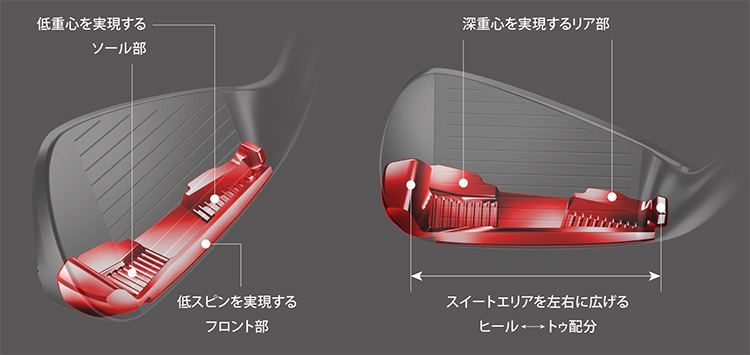
Another problem that Ryoma wanted to solve was the fact that traditional irons, single piece forged or multi-material, had issues with producing consistent distance depending on where on the face the ball was struck. Toe and heel side hits are obvious ones but low on the face and higher on the face also makes a difference in the distance. In order to solve this, Ryoma extended the thin titanium face material all the way down to the sole. By doing so, the shots off the deck which are generally hit lower on the face now get about the same distance as when a ball is hit in the middle of the face when teed up. This face construction significantly expands the sweet spot much larger than its competitors which makes it one of the most forgiving irons to be introduced on the market.
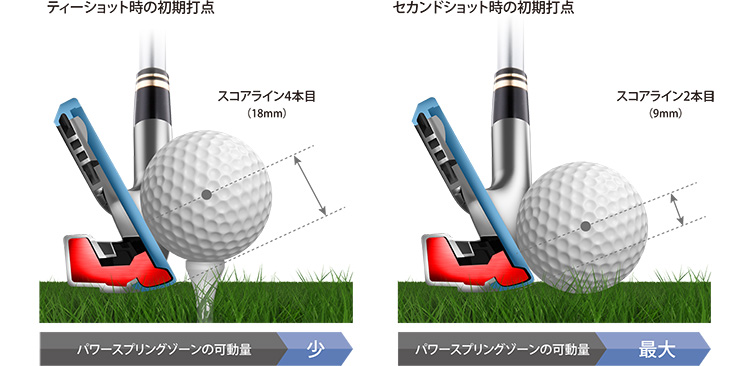
Furthermore, the shape of the sole has two sections the leading edge side is a player-esque sole that will glide thru the turn nicely upon a clean flushed hit. The trailing edge section is the secondary sole which is slightly recessed a bit only to be effective when the player hits the ground too soon before impact. This secondary sole section will help let the head glide thru even when the player makes an early release which normally would result in a fat shot. With the Sand Wedge, they say you can just duff the shot and the sole will do the rest!
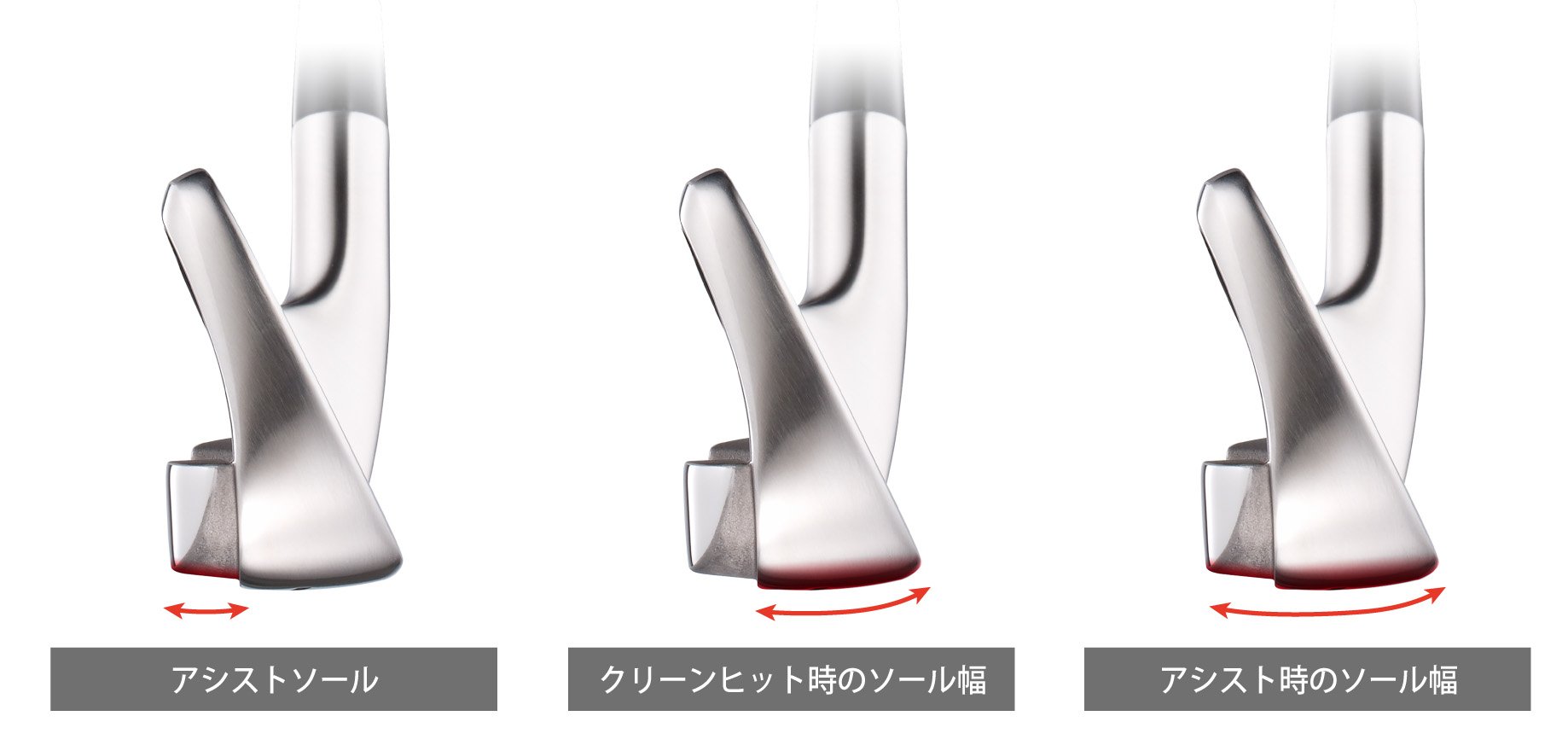
Another feature that Ryoma has achieved was to move the sweet spot location on the face. Traditionally, due to the weight of the hosel, the sweet spot on the face is located slightly towards the heel side of the face. Ryoma successfully optimized the weight distribution such that the sweet spot is essentially dead center in the face. This is a nice change since most players would naturally be inclined to hit the ball at the middle of the face anyway.
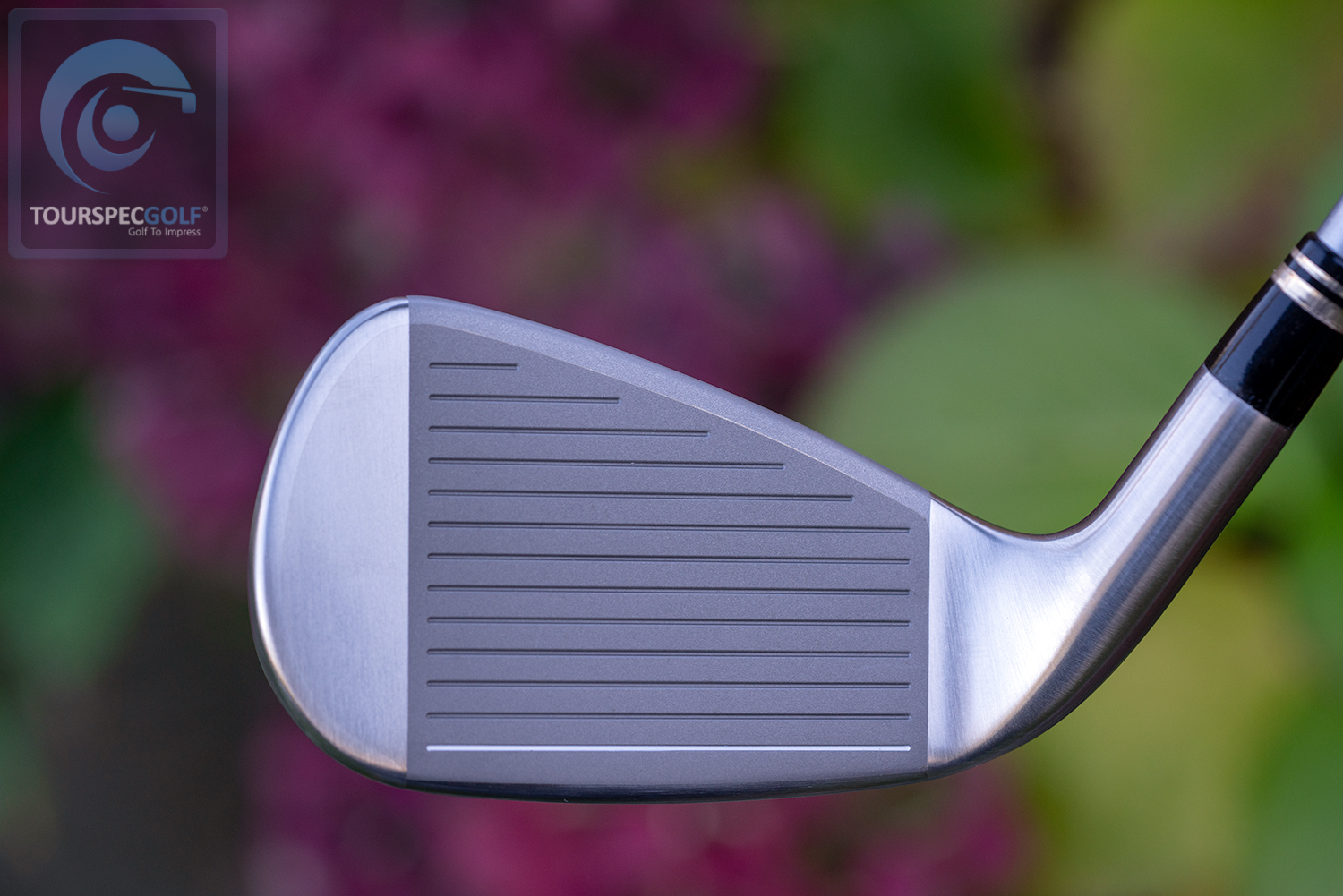
The face shapes are progressive and vary throughout the set depending on where CG and weight placements matter most. For example, longer irons require a lower CG to help get the ball in the air easier so you will, of course, see a different shape vs a mid or shorter iron from the face on profile view.
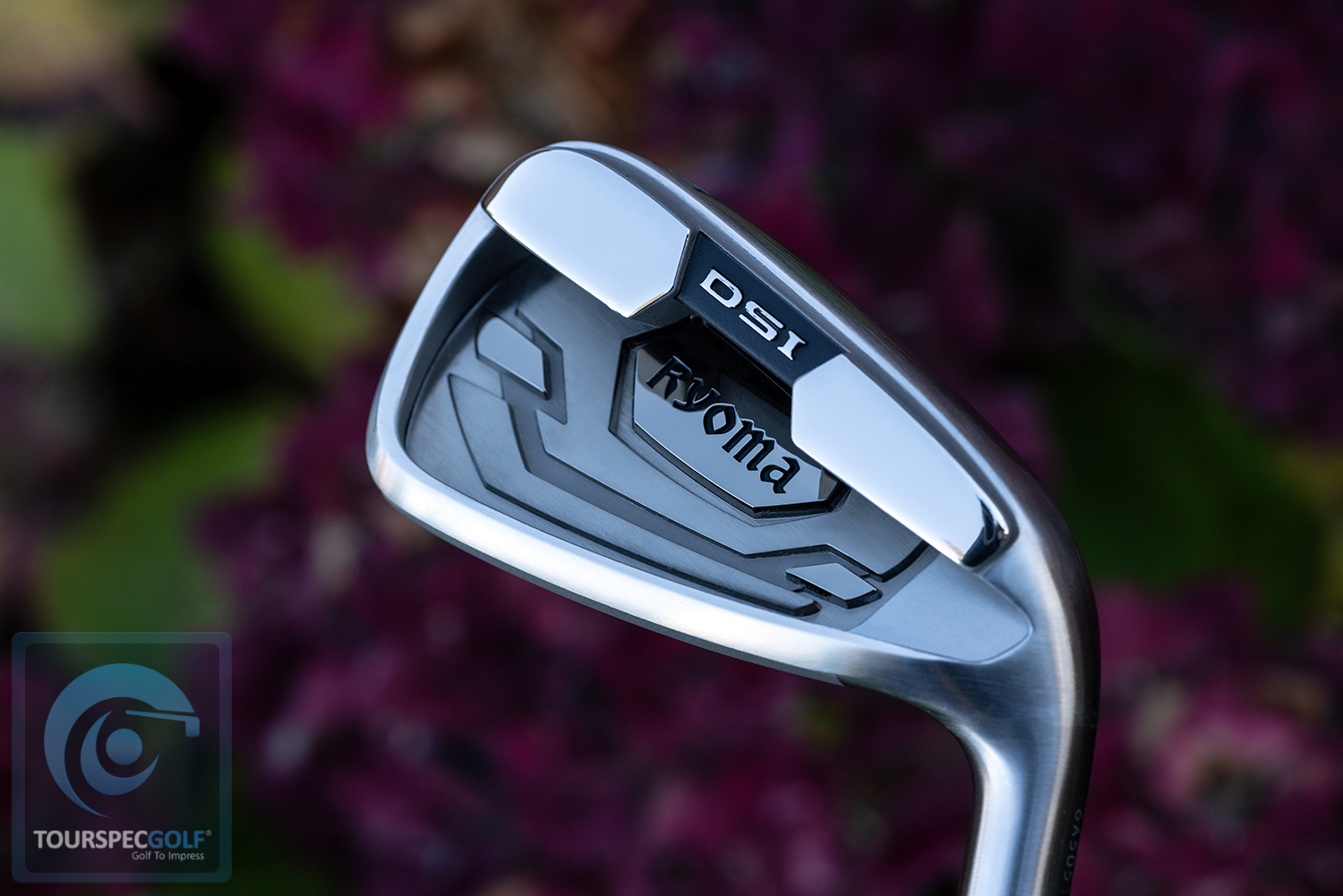
The Ryoma Iron has more offset in the longer irons as it reduces the closer you get to wedge. The photo below shows a #6 iron which is usually considered a long iron in this game improvement segment. The neck transition and overall shape of the club lend itself to forgiveness.
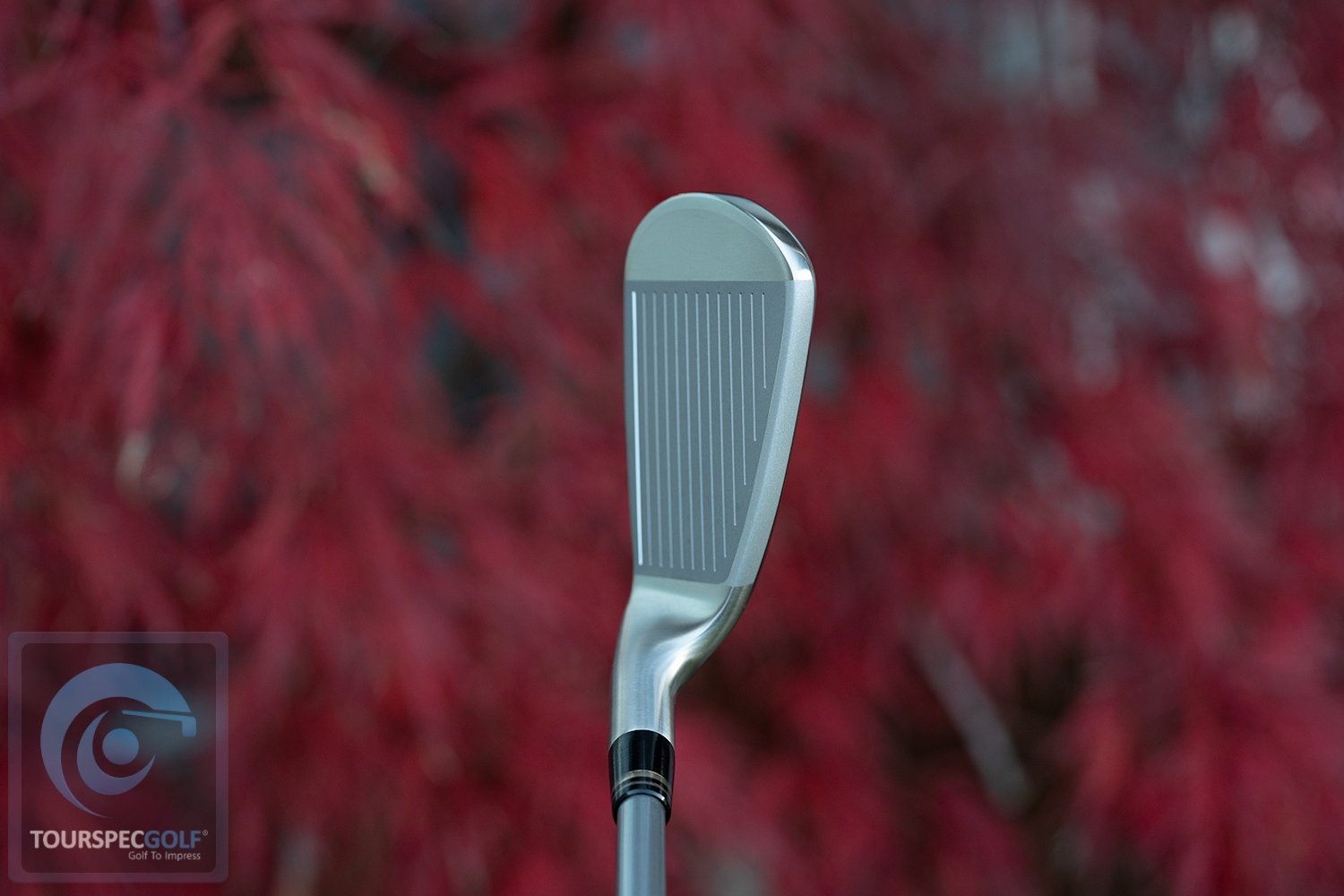
In the below picture the #6 iron sole view, you can see the different colors highlighting the face material used. Below
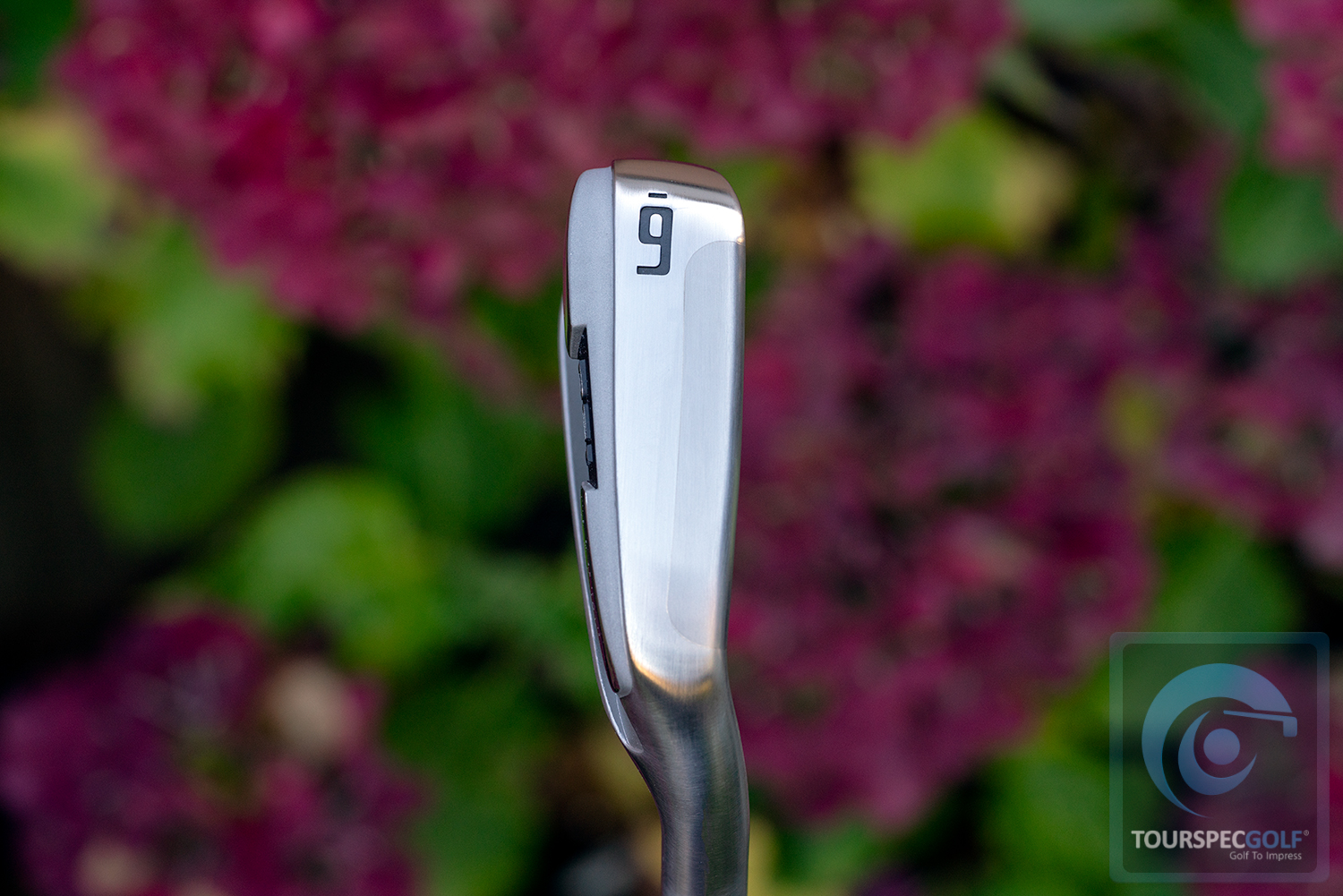
Various finishes from chrome mirror to satin chrome and multiple hue’s of each color used to make this an extremely attractive iron for who it’s intended audience is. It also makes it difficult to photograph ;).

#9 iron sole below:
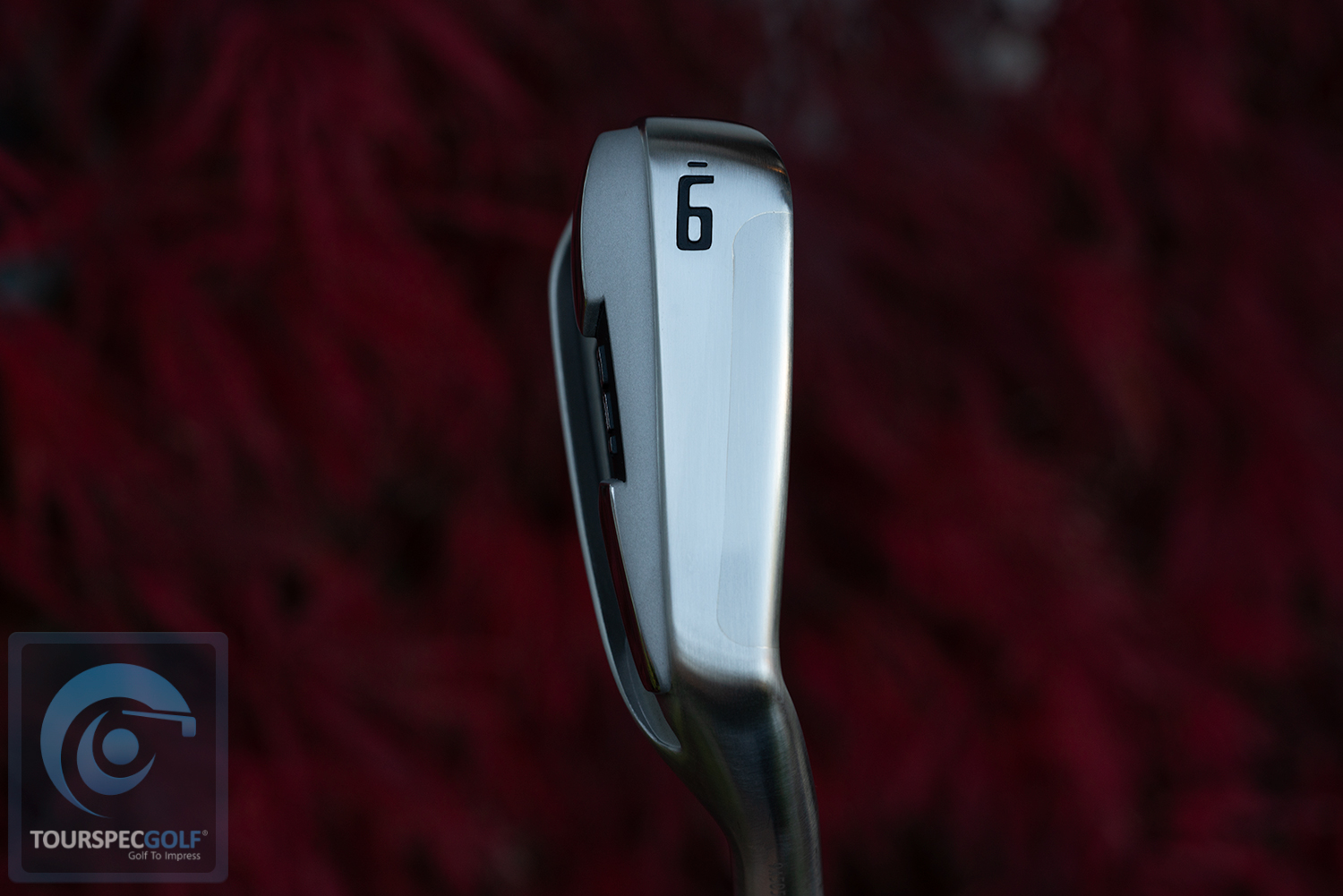
Yes, wedges are also available and highly suggested so you have no distance gaps from PW to your wedges and also you can count on the consistency of performance when your short irons flow properly into your wedges. The wedges feature a different construction method and laser engraved mill design for more spin near the green.
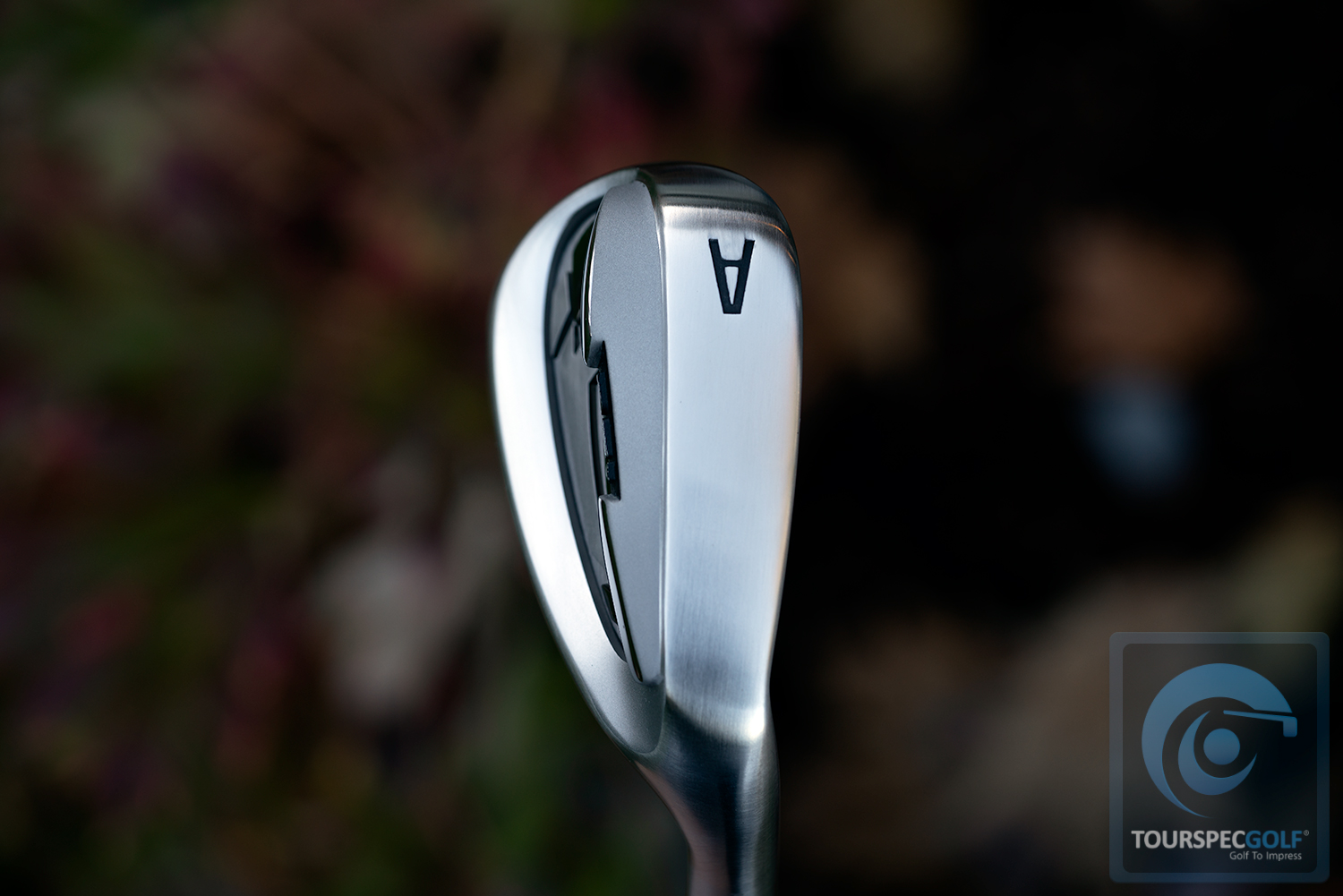
Ryoma has both a men’s and ladies’ version available with various shaft options such as the standard Tour-AD carbon along with their higher-end Beyond Power uni flex shaft offering and Ryoma is also offering NS950, Modus 120 and the Fujikura MCI Series.
Ryoma Iron Specification


